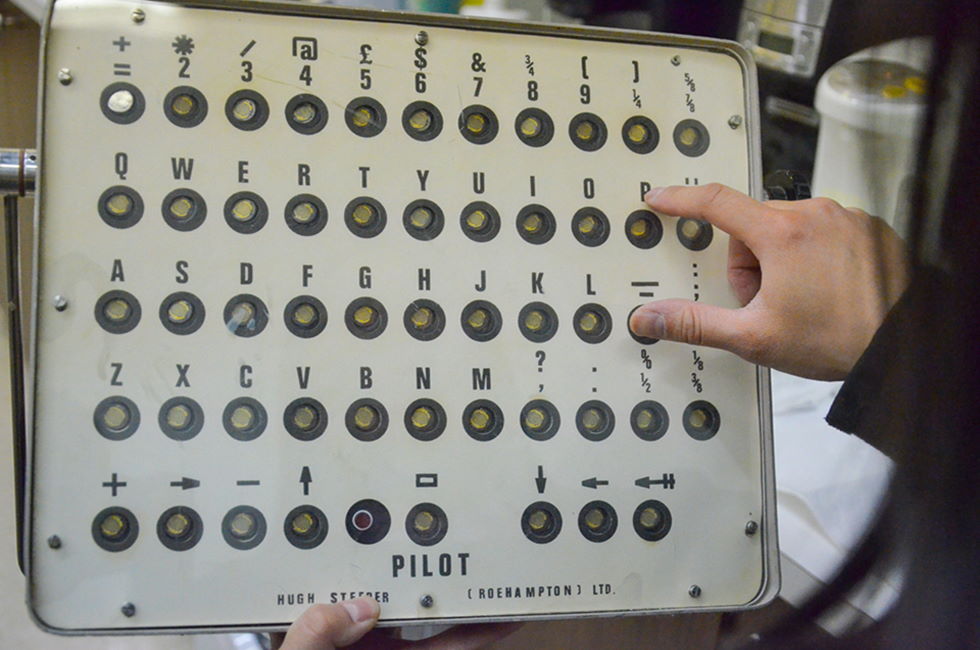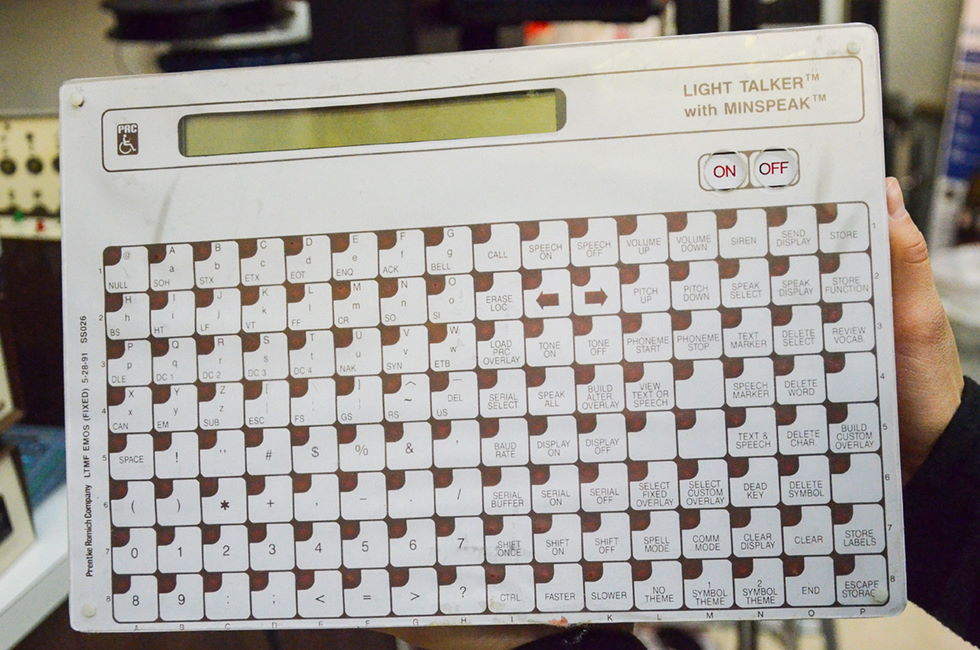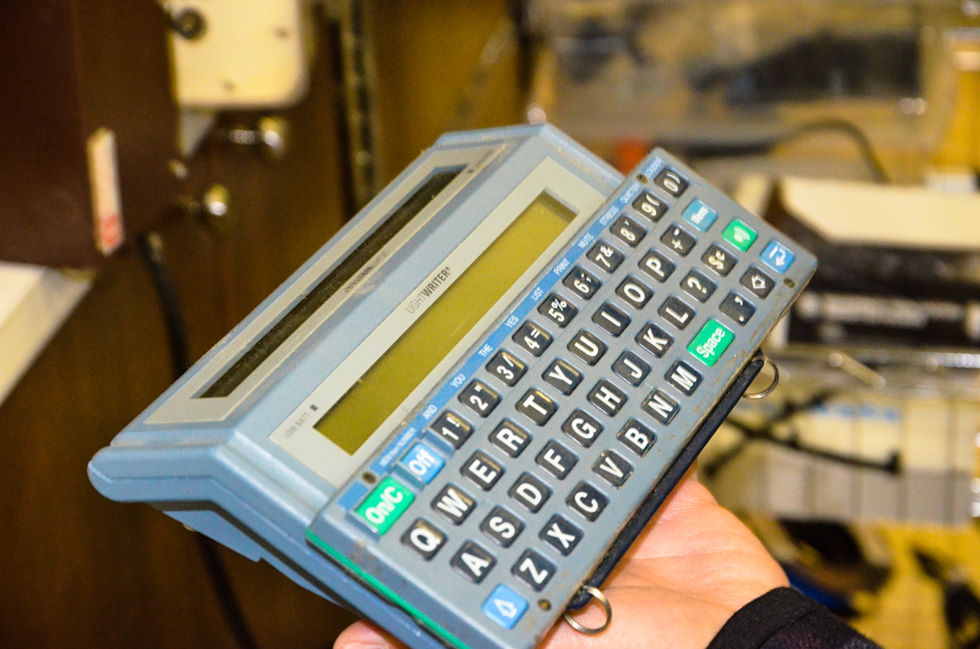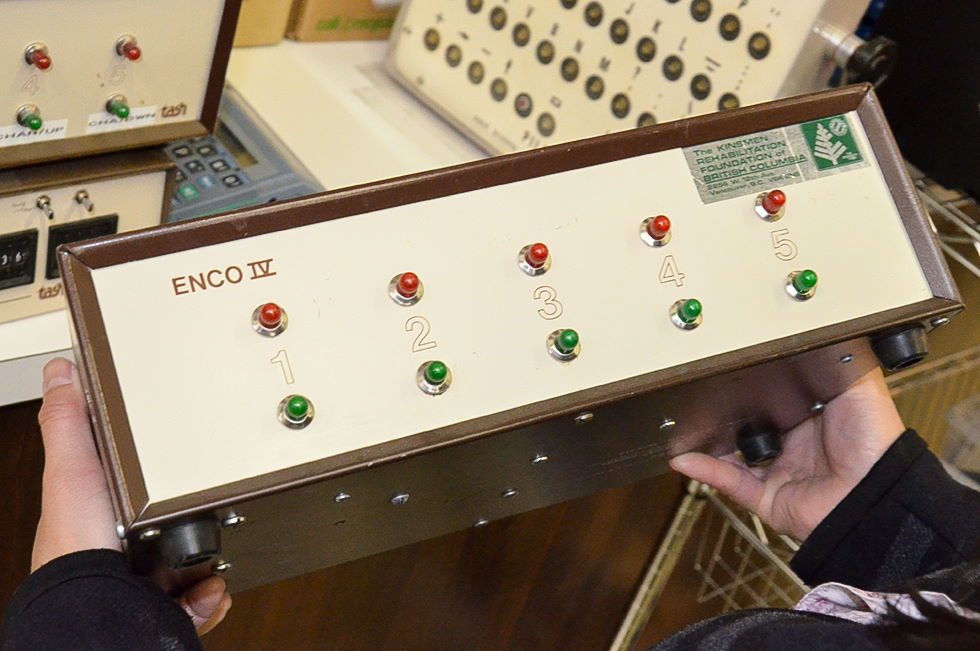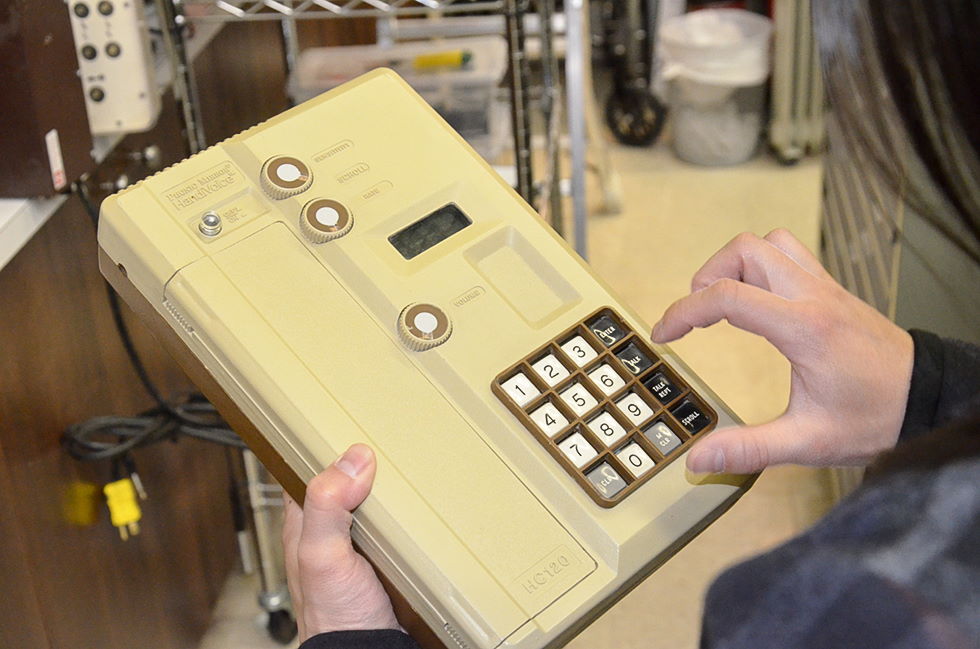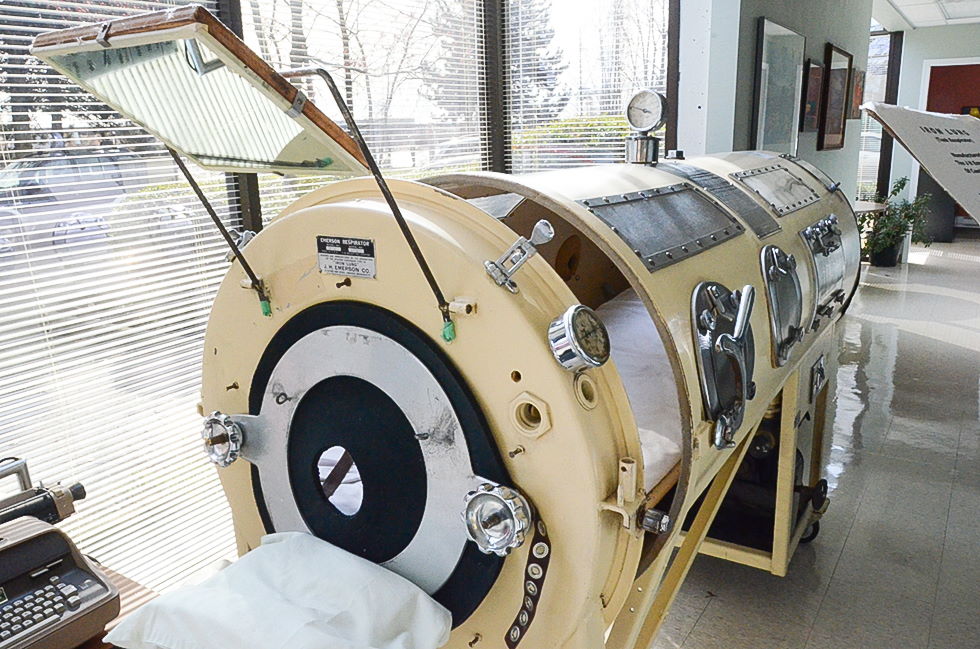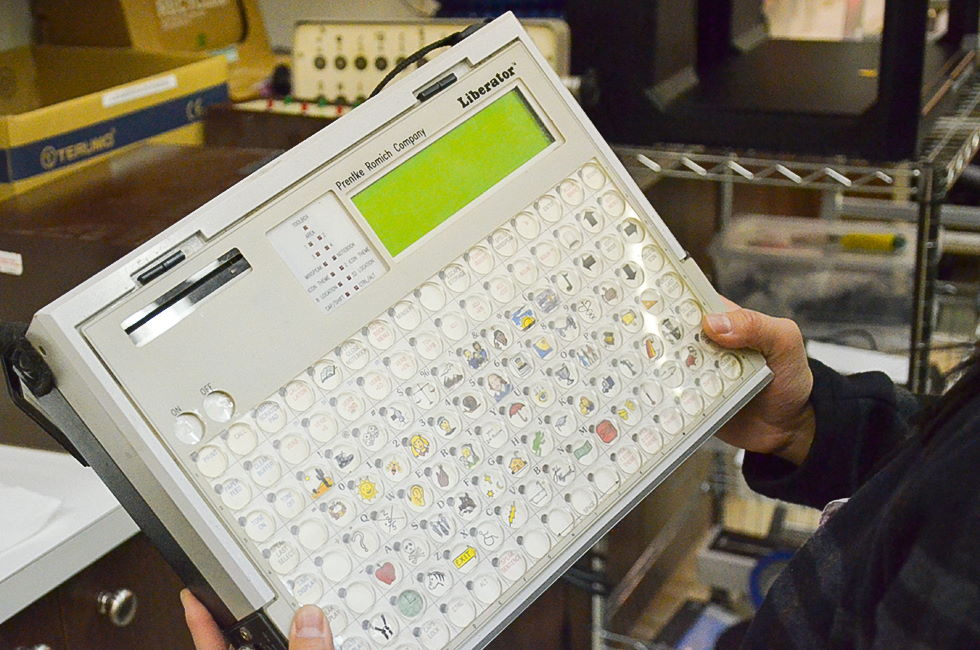Finally, in 2000, the Ministry of Health announced that $1.2 million annually would be made available through the administration of the Vancouver Coastal Health Authority to provide for a provincial respiratory outreach program. Despite the sense of exhilaration, there was little opportunity to celebrate because the announcement of a financial commitment meant that consumers needed to redouble their efforts to ensure that the program that was to be developed would stay true to their vision.
An Implementation Steering Committee was formed which included consumers, representatives from the ALS Society, the Muscular Dystrophy Association, the Post-polio association, the BC Coalition of People with Disabilities, representatives from Vancouver Hospital, Vancouver Coastal Health, as well as respirologists and respiratory therapists. This Committee was given full responsibility to design and implement a provincial program subject to the approval of the Ministry of Health.
The community groups and consumers coalesced around the ideal that the provincial respiratory outreach program should be community based but faced opposition from the hospital and health authority representatives who believed that it should be hospital based. A researcher was hired to investigate how the Pearson program had really operated and the results of the research confirmed the consumers’ experience. It was demonstrated that the Pearson program had been barely functioning and had been stymied by hospital procedures and territoriality. This confirmed the importance of the community’s position and the Implementation Committee became deadlocked. It appeared for a time that the authority of the hospital forces would win the day.
However the Consumer Working group came up with a plan. Many of the consumers had for many years used the Technology for Independent Living (TIL) program, which was housed at the Kinsmen Foundation and had just recently come under the administrative umbrella of the BC Paraplegic Association. TIL epitomized the kind of culture and responsiveness that was envisioned for the respiratory program and it possessed expertise and experience in managing equipment. With TIL’s collaboration, a proposal was made by the community representatives on the Implementation Committee to house the provincial respiratory outreach program with TIL. This proposal faced an uphill battle that was finally won when the Vice-President of Vancouver Coastal Health threw his support behind it after a particularly tense series of negotiating meetings.
The implementation process went on for almost a year as every possible scenario was worked through while a business plan was being developed. There are no other examples in public policy making, apart from the implementation of British Columbia’s adult guardianship laws, where consumers played such a pivotal role in every detail of the planning of the program. The Implementation Committee was the management committee and took the responsibility for overseeing the budget, staffing, the development of policies, procedures and evaluation criteria, negotiating contracts and working out the administrative role of the BCPA.
The unique history of the development of the Provincial Respiratory Outreach Program shapes not only its present function but also its future. The ownership of the program belongs with the consumers who made it happen and who placed their faith not in others but in themselves. Respiratory equipment and the supplies and therapy that accompany it are major resources for their health and these resources are, in essence, being held in trust by PROP/TIL. PROP and TIL has since formed its own non-profit organization BC Association of Individualized Technology and Supports for People with Disabilities (BCITS) April 1, 2006.
